According to the Rural Water Supply Center, the province currently has 180 centralized water supply projects, of which 135 are operating stably, serving more than 90,000 rural residents. However, more than 30,000 people in mountainous, remote, and drought-prone communes are still dependent on small water sources such as streams, creeks, and dug wells, which pose a potential risk of pollution.
Particularly during the recent dry season, many areas in Son Duong, Chiem Hoa, and Lam Binh districts have recorded prolonged local droughts, affecting the ability to supply domestic water. In Hong Quang commune (Lam Binh), many households have to share water from a small dug well with very low flow.
Staff of Tuyen Quang Water Supply and Drainage Company periodically check the clean water treatment system.
In order to proactively respond to water shortages caused by climate change, in recent years, the Department of Agriculture and Environment has integrated the rural clean water supply program with the goal of building new rural areas and adapting to climate change. From 2021 to present, the whole province has invested in and upgraded more than 40 centralized water supply works in communes at high risk of water shortage, while renovating many old and degraded works.
According to statistics from the Tuyen Quang Rural Water Supply Center (Department of Agriculture and Environment), from 2022 to present, the Center has built and put into use 23 centralized rural water supply works with a total investment of more than 187.3 billion VND, including support from loans from the World Bank and counterpart funds from the province. Currently, the Provincial Rural Water Supply Center is assigned to manage and operate 73 centralized water supply works across the province. At each work, the Center arranges technical staff directly in charge of management, operation, meter reading and water usage fee collection from households, and proactively maintains and repairs when problems arise to ensure the water source is always uninterrupted.
Mr. Tran Trung Bac, Deputy Director of the Provincial Rural Water Supply Center, said: “Climate change in recent years has made surface water sources increasingly erratic, with many areas at risk of water shortages during the dry season. To ensure safe water supply, we have increased inspection and monitoring of water quality, and coordinated with local authorities to invest in upgrading the centralized water supply system, adding storage tanks, backup pumping stations, and educating people to use water more economically and efficiently.”
Along with infrastructure investment, changing water usage habits and raising awareness of saving among the people are important factors to help ensure long-term water safety. Many localities in the province have organized training, community communication, and integrated water saving propaganda into village meetings, women's union activities, youth union activities, etc.
Ms. Hoang Thi Trang, Phuc Ung commune (Son Duong) shared: “From the propaganda sessions and village meetings, my family has also proactively saved more water in daily life. We limit the continuous opening of the tap, reuse the water from washing vegetables to water plants... Small changes but contribute to using water resources more reasonably, especially when the weather is changing more and more”.
Proactively developing response scenarios, strengthening forecasting, managing and using water resources appropriately is not only the task of authorities at all levels, but each individual and community also needs to participate in changing habits, raising awareness of saving and protecting water resources - a precious resource of life.
Source: https://baotuyenquang.com.vn/dam-bao-nuoc-sach-ung-pho-voi-bien-doi-khi-hau-213929.html


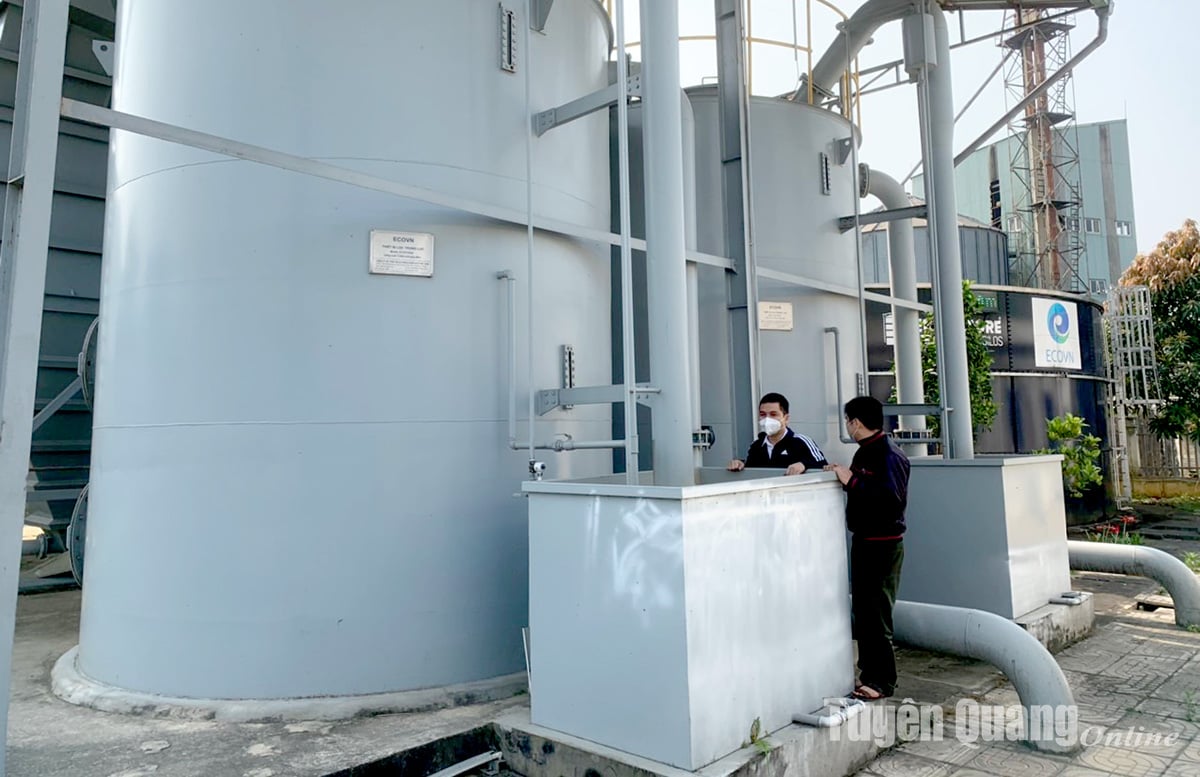
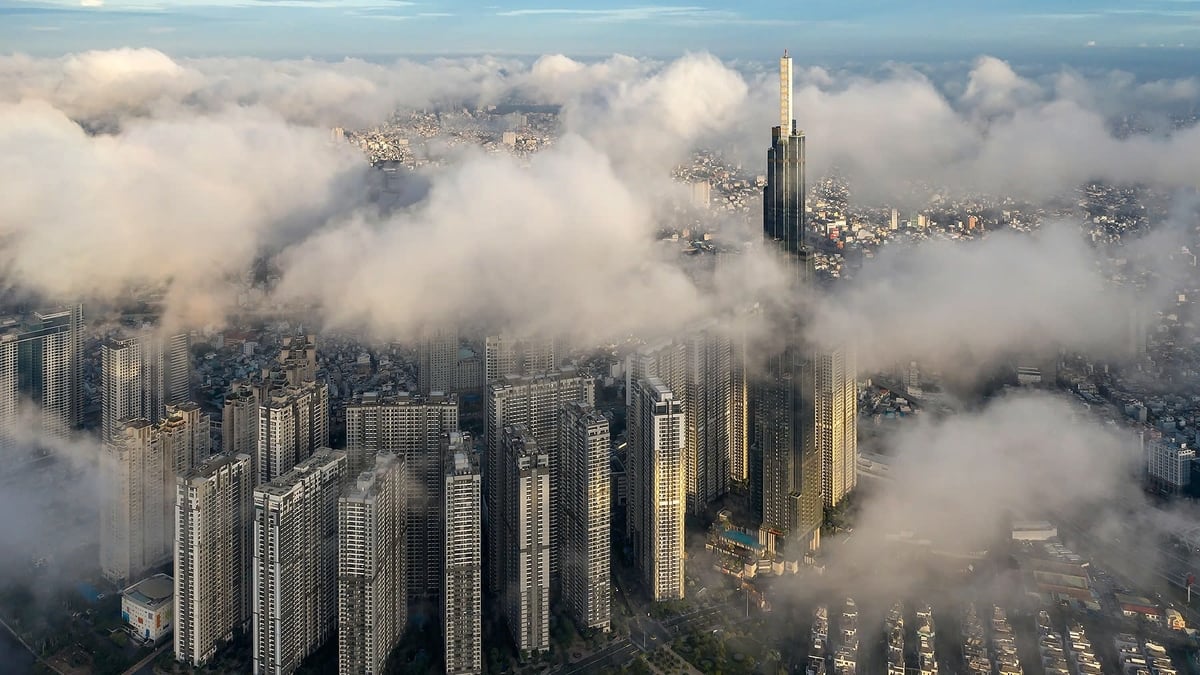
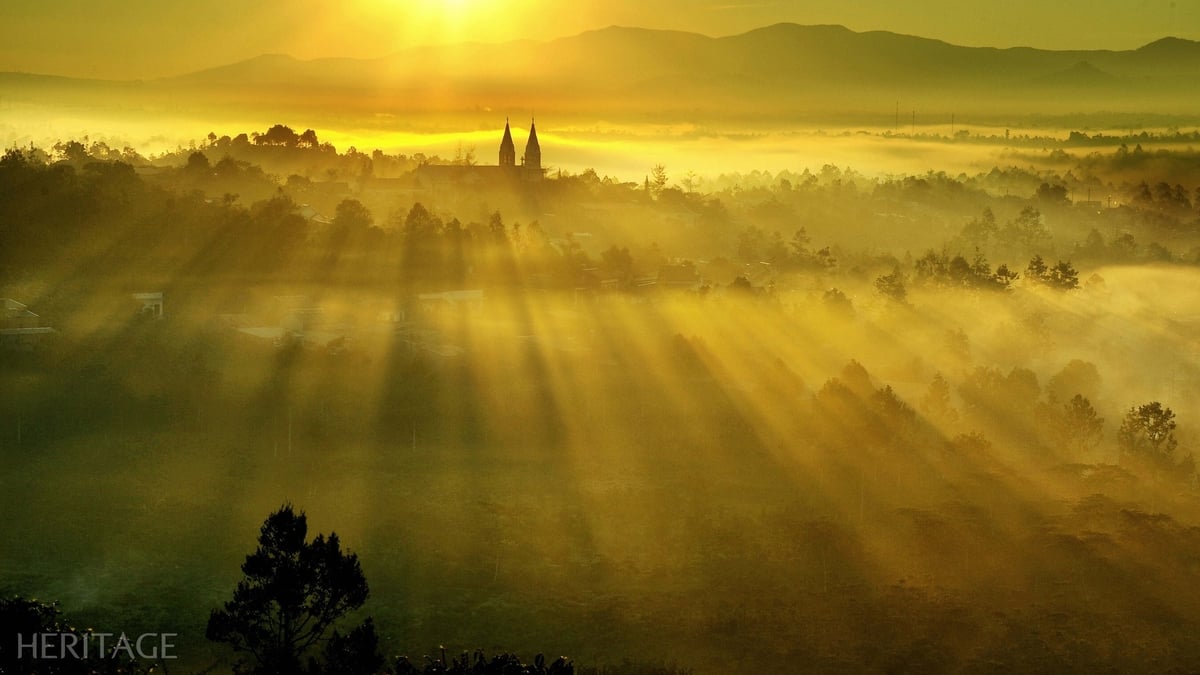
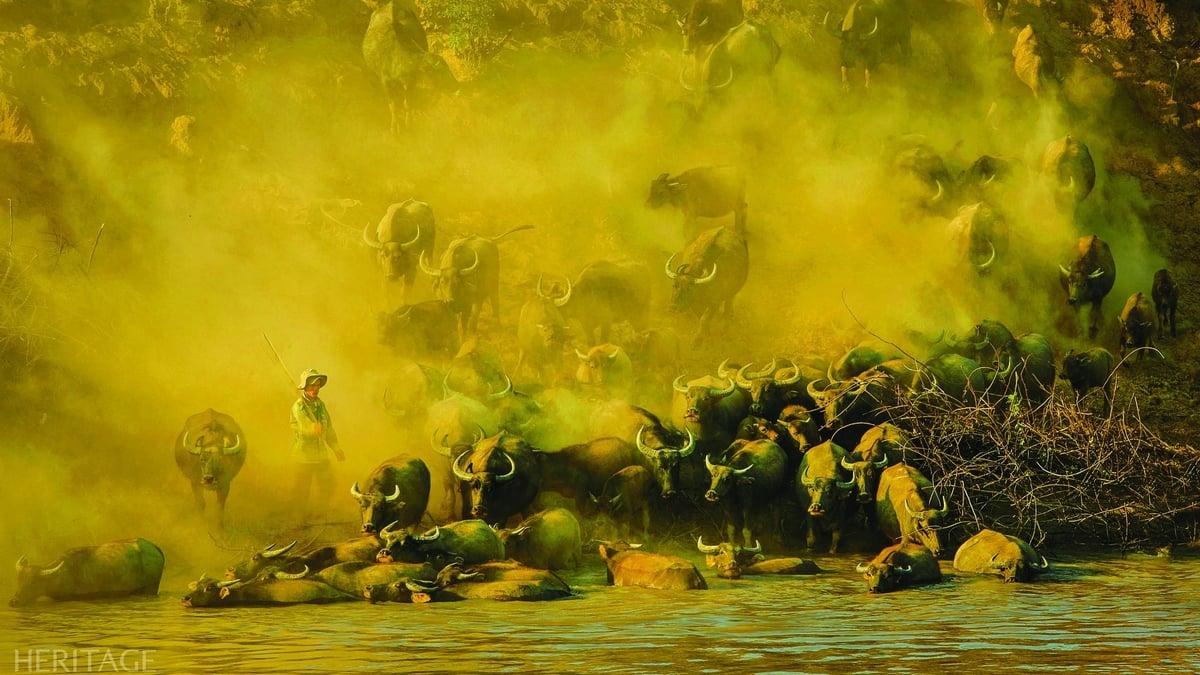

![[Photo] The 9th Party Congress of the National Political Publishing House Truth](https://vphoto.vietnam.vn/thumb/1200x675/vietnam/resource/IMAGE/2025/6/24/ade0561f18954dd1a6a491bdadfa84f1)

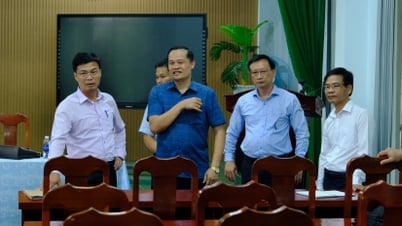

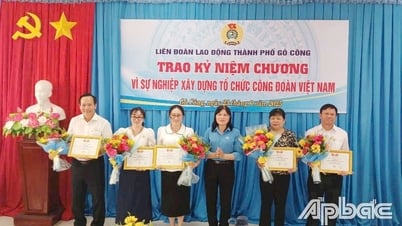

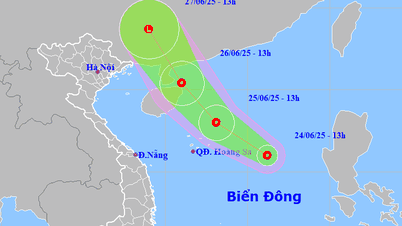

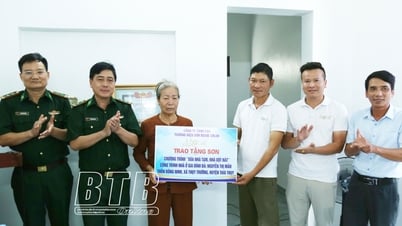









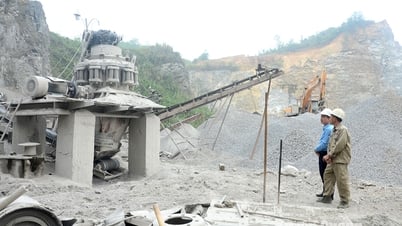
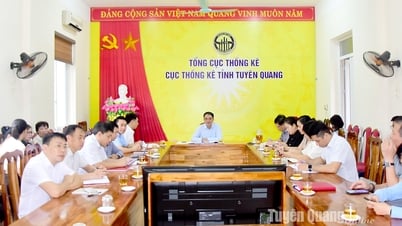

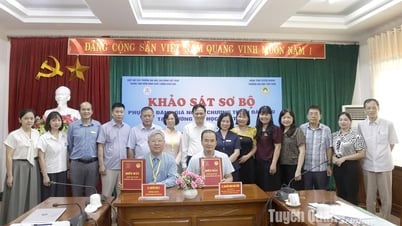


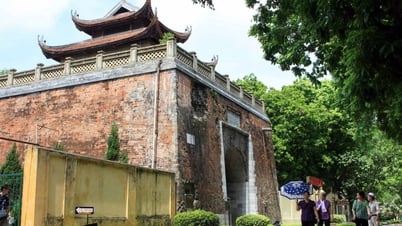

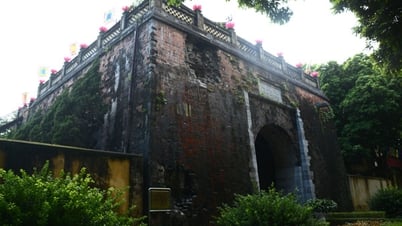





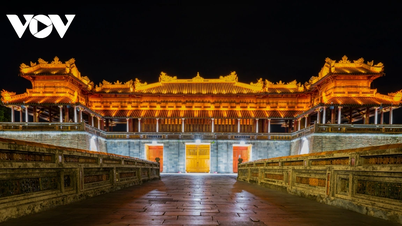







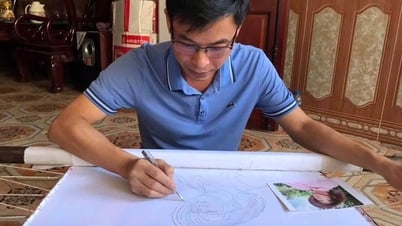





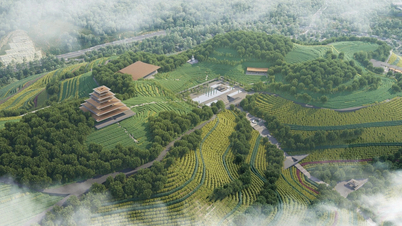






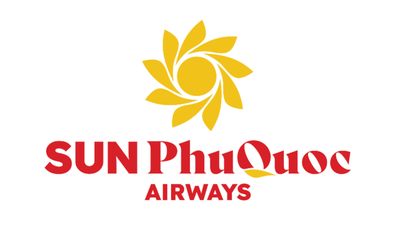

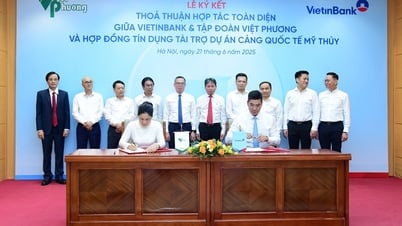

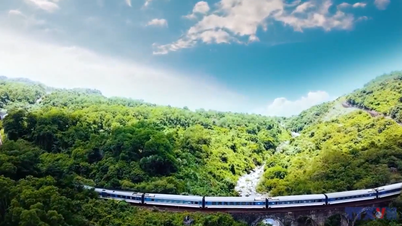









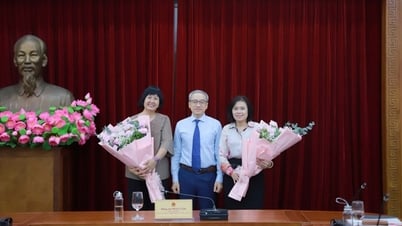





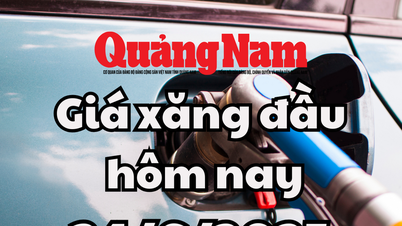


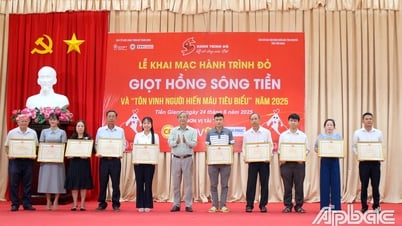


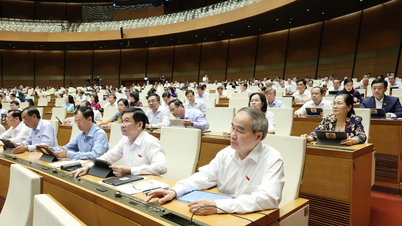












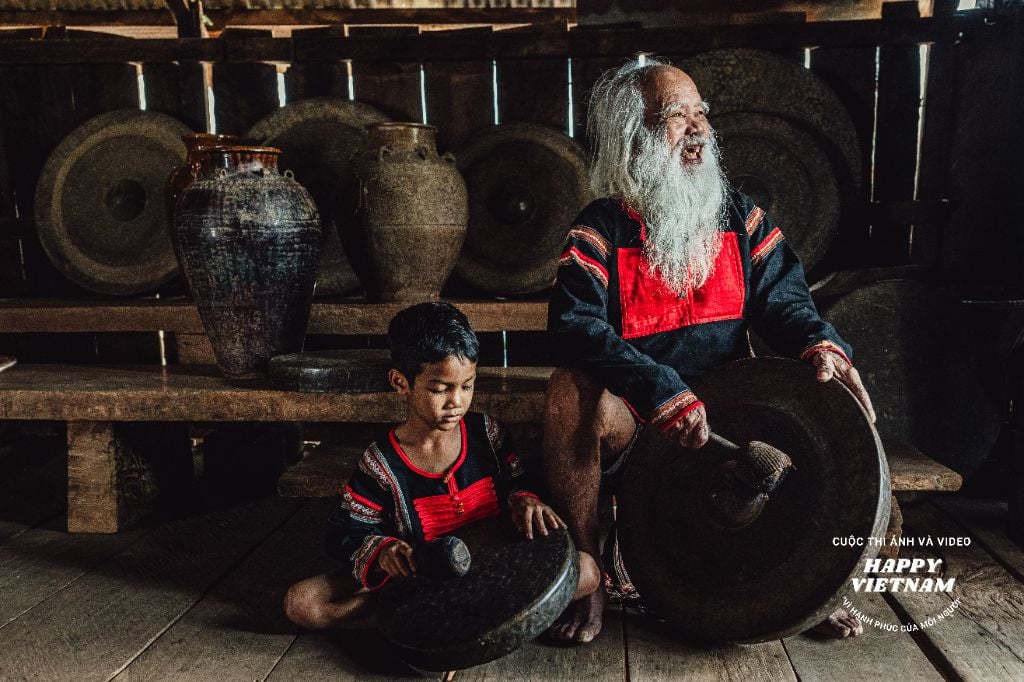



Comment (0)